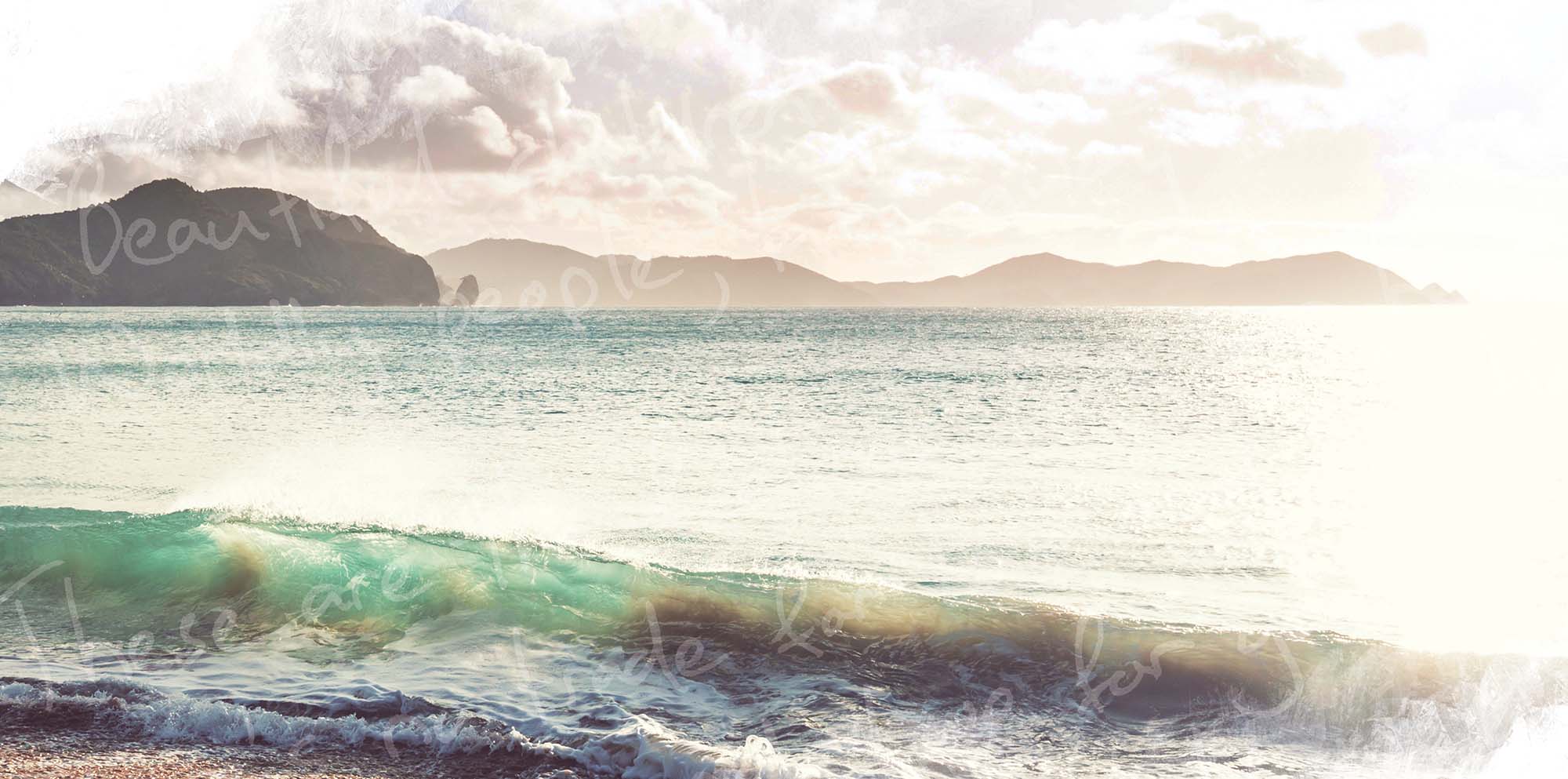2.2.5 Physical health Te taha tinana
483. Te taha tinana in Te Whare Tapa Whā and the physical health pou in the Fonofale model both represent physical aspects of a person’s wellbeing. The physical and sexual assaults described earlier, as well as the electric shocks and paraldehyde injections, resulted in a variety of physical injuries and ailments for unit survivors. Survivors have told us electric shocks caused headaches and sometimes left burn marks where the electrodes had been placed. One patient, who had a pre-existing heart condition, was taken to hospital after receiving electric shocks because he was experiencing heart and breathing difficulties. He remained in hospital on a respirator for around 10 days.[1069] As an adult, a surgeon told him his heart condition meant he should never have been given ECT and that he was “lucky to be alive”.[1070]
484. The medications, often given as punishment, caused side effects survivors described as sometimes debilitating and “always humiliating and embarrassing”.[1071] These included drooling, rolling eyes, weight gain,[1072] body shakes, lactation,[1073] nausea and vomiting.[1074] Young patients were rarely offered anything to reduce these side effects.[1075]
485. Survivors told us the medical abuse they experienced at the unit caused long-term physical health problems, including migraines,[1076] seizures,[1077] damaged reproductive health[1078] and severe body pain.[1079] Mr Nicol described “terrible pins and needles” in his feet that, over the years, had gone up into his legs. “My muscles are all knotted up – they started knotting up in Lake Alice and have not stopped.”[1080] Mr Symes had electric shocks delivered on his genitals, and he believed this was the reason he had never been able to have children.“ I had two wives and neither of them could have children.”[1081] Mr Scanlon attributed his hip problems to the paraldehyde injections at Lake Alice. “To this day, I still have marks on my buttocks from the injections. I am currently recovering from my second hip replacement.”[1082]
486. Mr Paul Zentveld told us he had been taking high doses of pain tablets every day to deal with migraines and headaches, which he put down to the electric shocks he received.[1083] He said these felt like “explosions in my head – like a hand grenade going off. This can happen daytime or night time, and happens when I am being asked or trying to remember things about Lake Alice”.[1084]
487. Many survivors told us about long-term impacts they experienced as a result of sexual abuse at the unit. One survivor said she was raped and became pregnant while at the unit.[1085] She also recalled other girls who were pregnant in the unit while she was there.[1086]
488. Other survivors said that the sexual abuse had caused specific health problems, some of them debilitating. Mr Brandt said his bowels were permanently damaged by sexual abuse. At 18, he had surgery for a prolapsed bowel, but he said it was not done correctly and he had lived with serious bowel problems ever since. He was now on a disability benefit and said he was often incapacitated for a day at a time because of his bowel problems.[1087] Mr Banks said he bled when he went to the toilet, and the pain was so excruciating it reduced him to tears. “I cannot get relief from the medication and I cannot sit upright properly. It brings back memories and emotions from sexual abuse at Lake Alice and Epuni [Boys’ Home].”[1088]
489. Medical neglect compounded the effects of physical and sexual abuse. Some survivors said inadequate medical care contributed to subsequent health problems. For example, Ms Amy-Sheree Weterman told us her mother complained of severe back pain while at the unit following ECT, but staff did not refer her to a doctor.[1089] In her early 20s, her mother woke up one morning unable to move.[1090] Her doctor sent her off for x-rays.[1091] The results showed she had disc lesions and fluid in the disc had seeped into her spine.[1092] Her mother was not able to tell the doctor how it had happened, as she hadn’t fallen or twisted her back, but she had intermittent back pain from the time she was at the unit.[1093]
490. Unsurprisingly, survivors were often deeply distrustful of medical staff and feared hospital settings. This made them reluctant to seek medical help when they needed it. Several survivors said medical professionals discriminated against them because they had been at Lake Alice.

